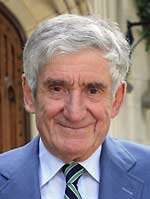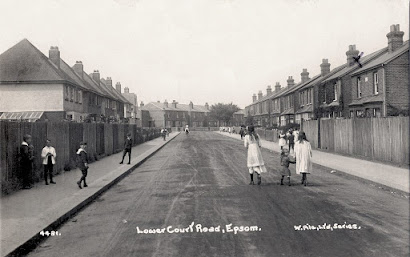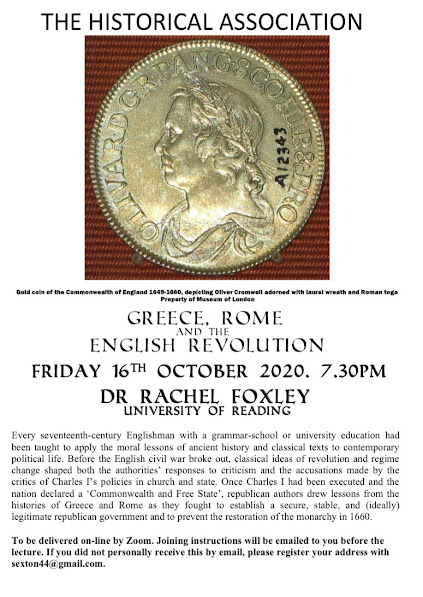Lawrence Stone and the historiography of the gentry controversy
The controversy over the economic and social origins of the English Revolution was a topic that excited ferocious debate over sixty years ago. Historians of the calibre of R.H.Tawney and Hugh Trevor-Roper, J.P.Cooper, Christopher Hill and Lawrence Stone advanced radically different interpretations to explain the violent events of the 1640s and 1650s in the British Isles. American scholars, most famously of all, J.H.Hexter, like Willson Coates, Harold Hulme, Judith Shklar and Perez Zagorin also commented with varying degrees of sharpness on the issues at stake. But only one of the major participants, Lawrence Stone, offered an account of the historiography of the dispute, first of all in his introduction to the anthology of academic articles and documentary sources entitled Social Change and Revolution in England 1540-1640 which he edited in 1965 and then, in slightly revised form, in Chapter 2 of his work, The Causes of the English Revolution 1529-1642 , published in 1972. It is...





